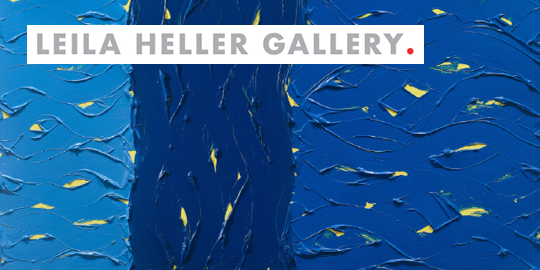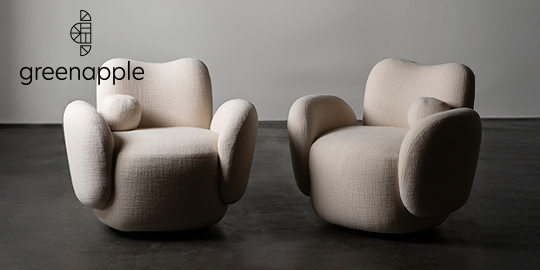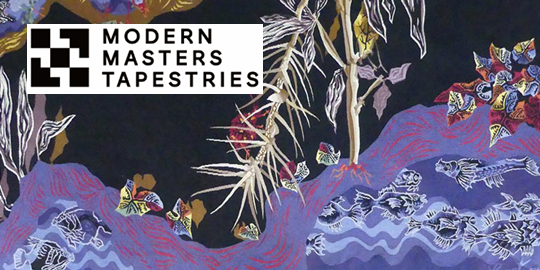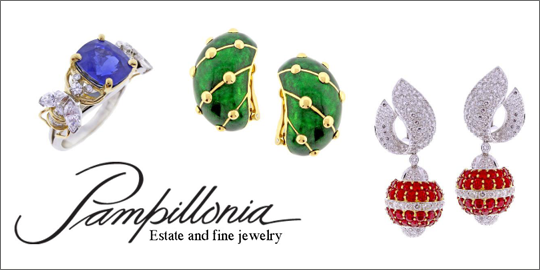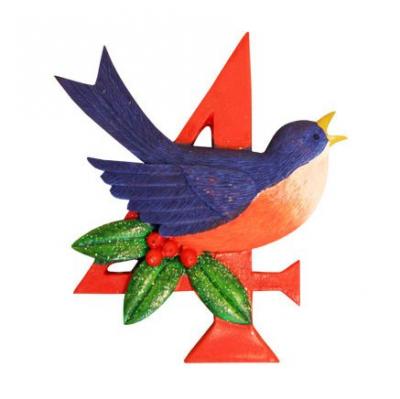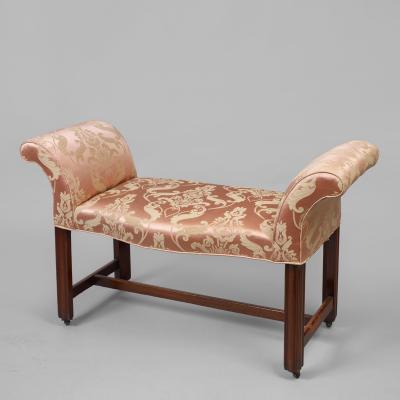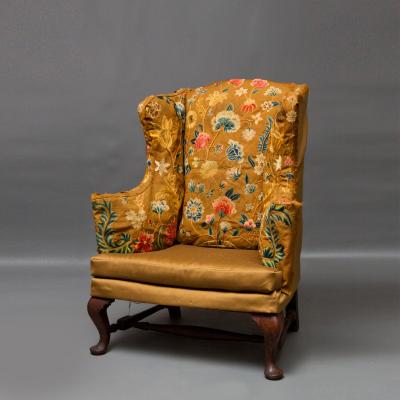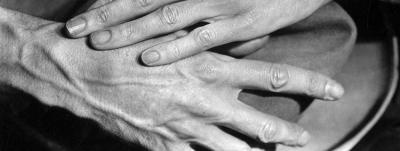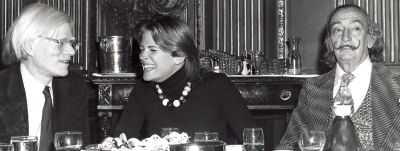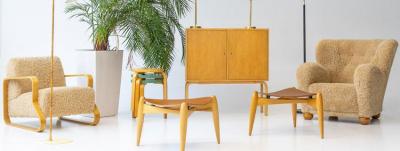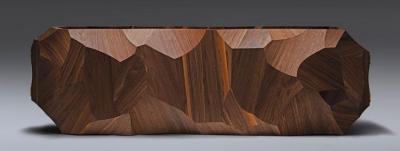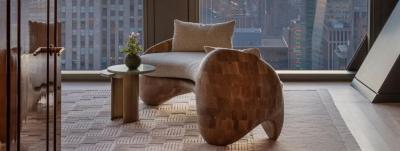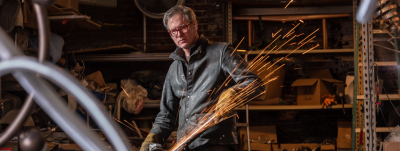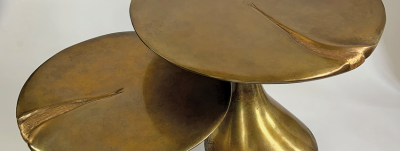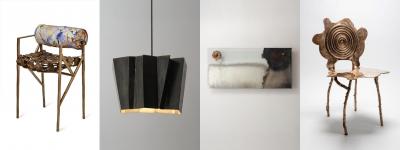Worsted Pattern Books Of Norwich, England
In the 1700s, worsted fabrics, also known as stuffs, were ubiquitous: they hung over windows and wrapped around beds, covered seating furniture, fashioned men’s and women’s waistcoats, breeches, gowns, and petticoats, and even adorned shoes. Lightweight sturdy worsteds were produced from long staple, combed wool yarns, sometimes combined with silk, linen, and other fibers, finely spun to a smooth lustrous finish. Highly versatile, worsteds also came in plain, striped, flowered, checked, sprigged, and spotted patterns attractive to a growing middle-class clientele.
Situated in prime sheep country, Norwich, England, was the chief manufacturing center of worsteds (named after Worstead, a nearby village) for many centuries. By the mid-1700s, the industry employed tens of thousands of inhabitants in the greater Norwich area, with many weavers becoming merchant-manufacturers who organized the work of journeymen and outworkers to manage distribution. Increased competition throughout the century from cheaper worsteds made in Yorkshire and colorful, washable cottons from India forced Norwich manufacturers to seek new markets. Previously they had sent fabrics for resale to London merchants, but later they shipped them directly from the port of Great Yarmouth to the Continent, Scandinavia, Russia, China, and even Central and South America. For such far-flung areas, agents were supplied with cards and books of fabric samples to show potential customers colors, designs, textures, and finishes. Each manufacturer may have had his own system, but generally several copies of pattern books were created, possibly for multiple agents, with a master one retained for cross reference. To facilitate ordering, fabric samples were usually numbered in random sequences and labeled with foreign or fanciful names for broad appeal. The export trade may have been lucrative, but trade treaties, wars, foreign customs and tastes, unpredictable weather conditions, untrustworthy agents, ship captains and crews, and late payments were a constant challenge.
Few pattern books have survived over time, making the Winterthur Library’s six volumes of Norwich worsted samples from this critical late-eighteenth-century period a treasure trove.1 The volumes, all dating from the 1780s to about 1810, contain samples of batavias, camlets, duroys, florettas, grandines, harlequins, ladines, mecklenburgs, satins, taboratts, and tapizados (in variant spellings confusing to us but perhaps not to textile-savvy consumers of the day),2 with callimancoes unsurprisingly the most numerous. Popular for their brilliant colors enhanced to a lovely shine during the finishing process, callimancoes were produced in large quantities for export.
The six volumes include very little text, as was typical of pattern books, besides numeration, occasional identification, and weaving dimensions of fabrics, and brief notations. Only two volumes are identified with a producer. The company name Booth and Theobald is inscribed on one book’s inside flap; the firm located in Muspole Street, Norwich, “at one time employed about 1,000 hands, men, women, and children in the production of worsted goods, including camlets, for the East India Company.”3 Another volume with the initials I. C. H. stamped on the backboard belonged to German-born John Christopher Hampp (1750–1825), a Norwich manufacturer who identified his samples in both French and German.4 Although not identified by owner, a third volume labeled “Counter” (or Counterpart for matching copy kept by supplier) shows dates and notes, but unfortunately, not customers’ locations for actual orders.
We may never learn the names of all the manufacturers and middlemen and what routes they traveled, but the fabric samples provide us with a rich visual archive of textiles in global use in the late 1700s and early 1800s.
These six volumes, along with other textile pattern books from the Winterthur Library, are online at: http://content.winterthur.org:2011/cdm/
Jeanne Solensky is librarian in the Joseph Downs Collection of Manuscripts and Printed Ephemera, Winterthur Museum, Garden & Library.
This article was originally published in the Winter 2015 issue of Antiques & Fine Art magazine, a digitized version of which is available on afamag.com. Antiques & Fine Art and AFAmag are affiliated with InCollect.com.
2. For a dictionary of fabric terminology, see Florence M. Montgomery, Textiles in America, 1650–1870 (New York: W.W. Norton & Co., 2007).
3. A.D. Bayne, A Comprehensive History of Norwich (London and Norwich: Jarrold and Sons, 1869), 581.
4. My appreciation to Dr. Michael Nix, independent scholar in Norwich, for this attribution.


